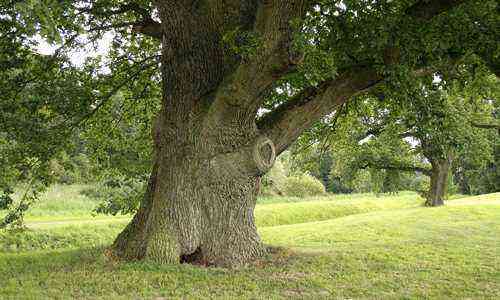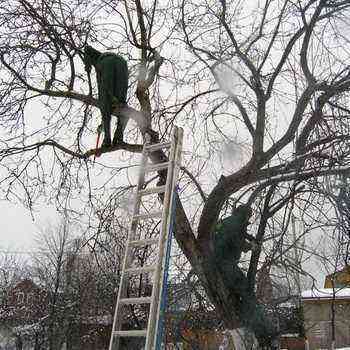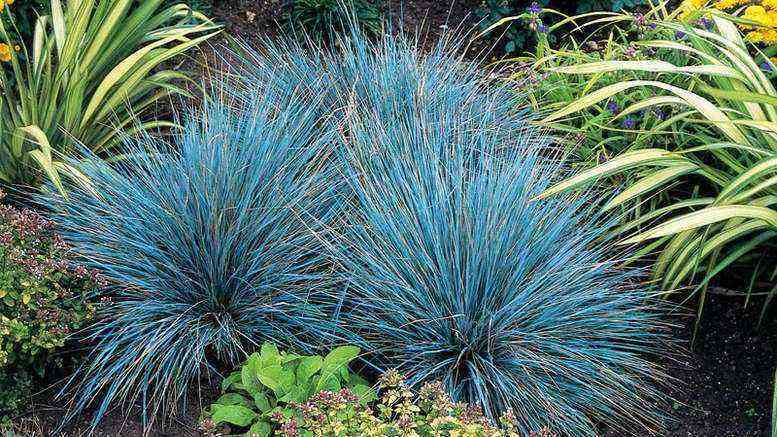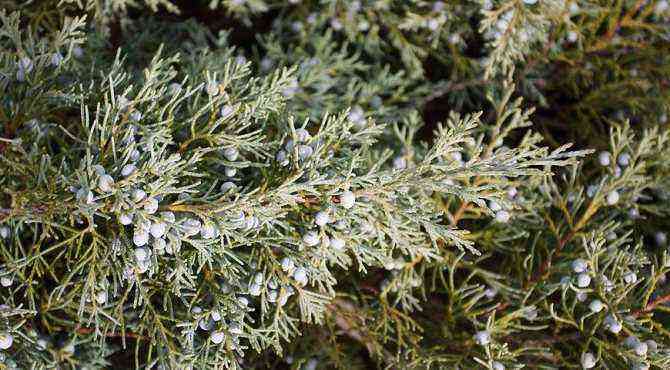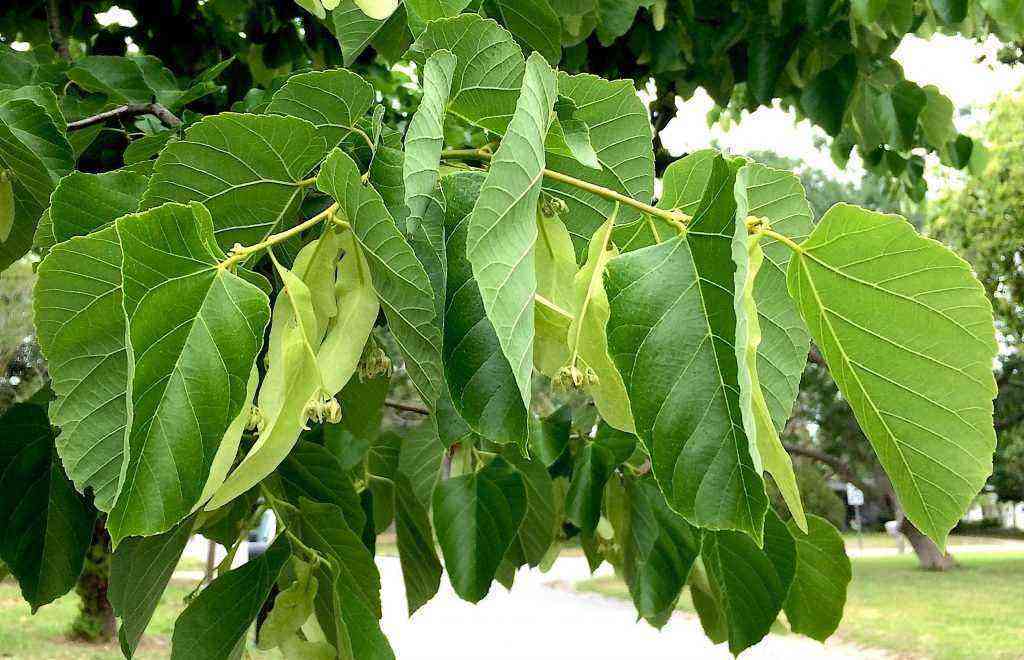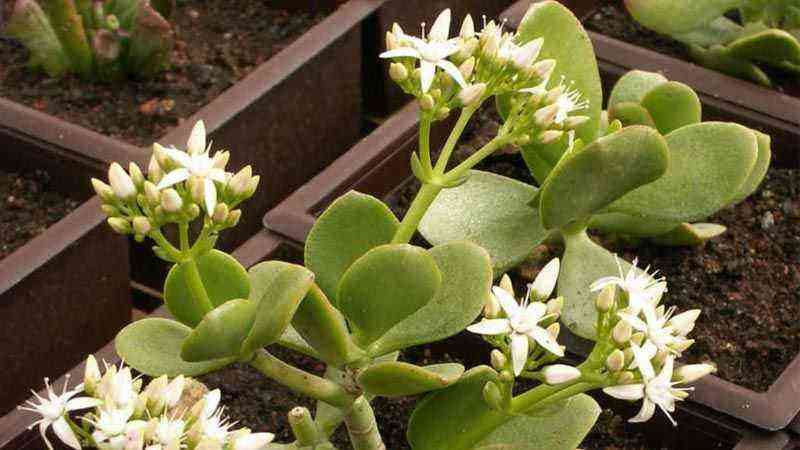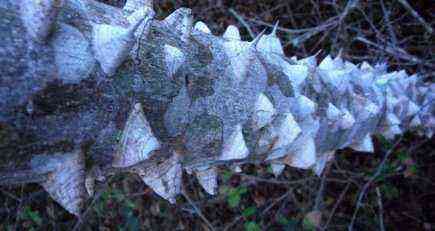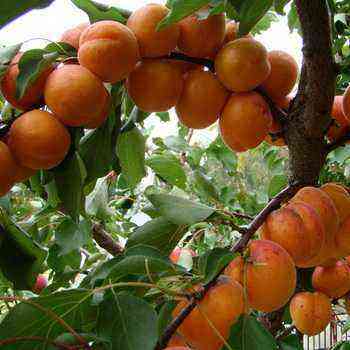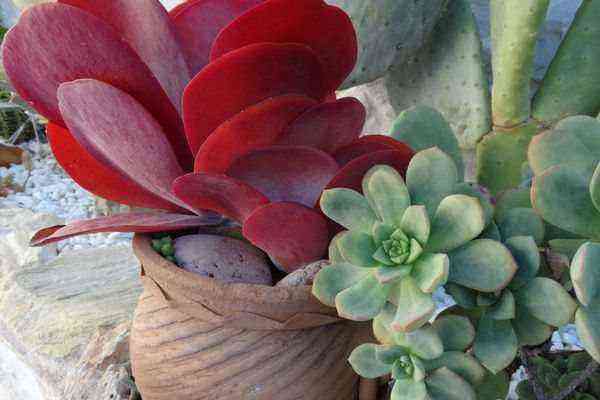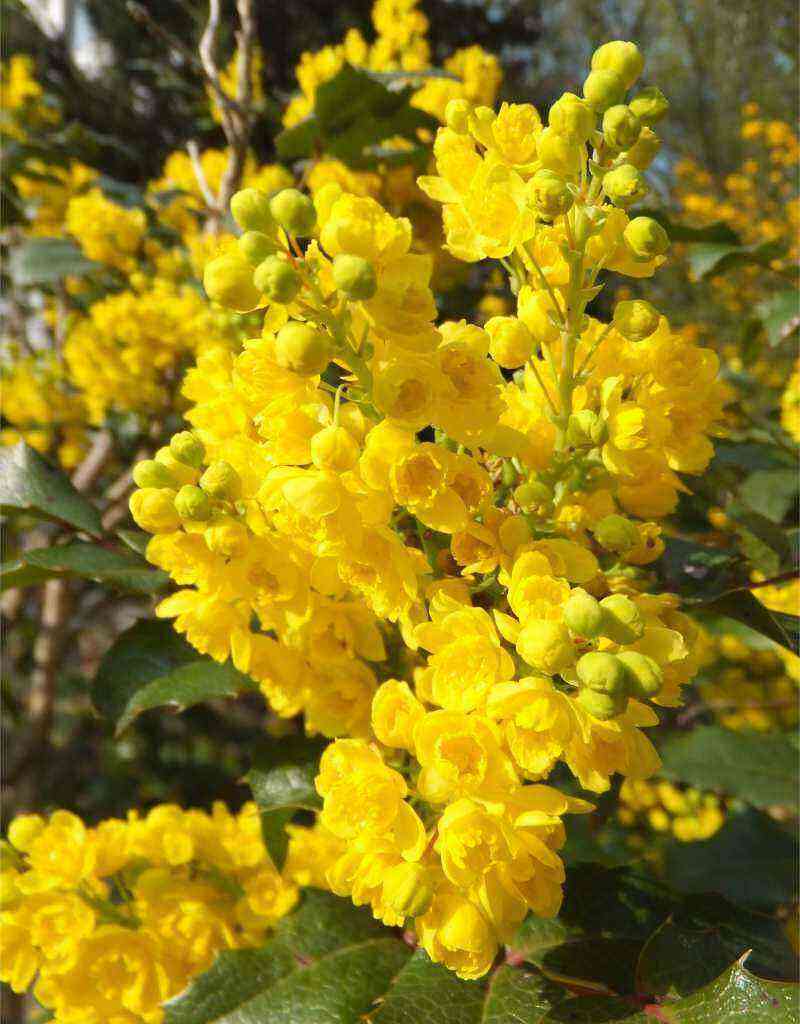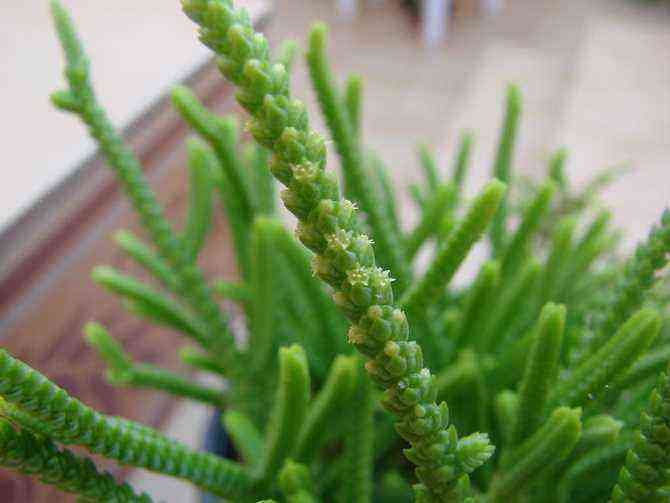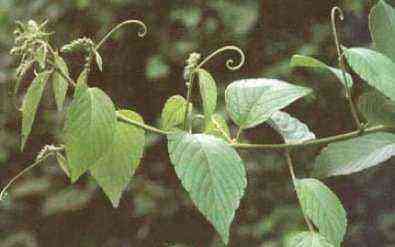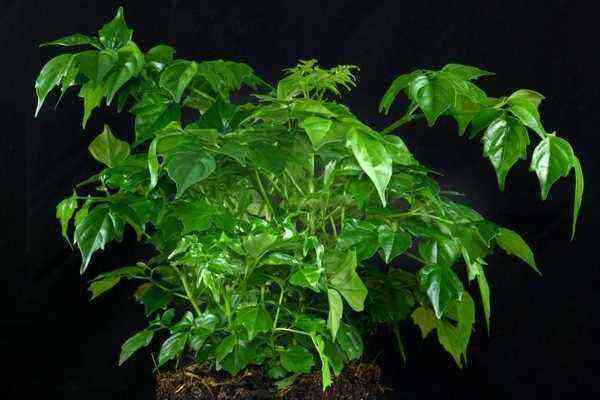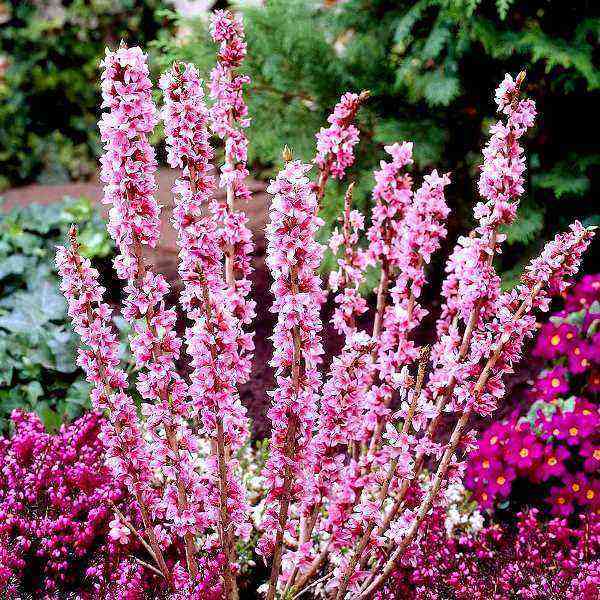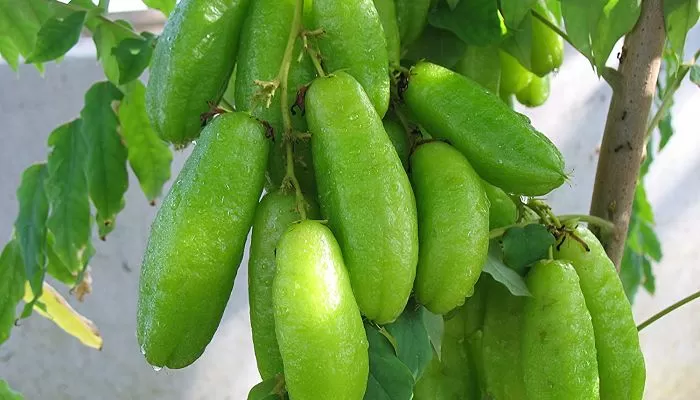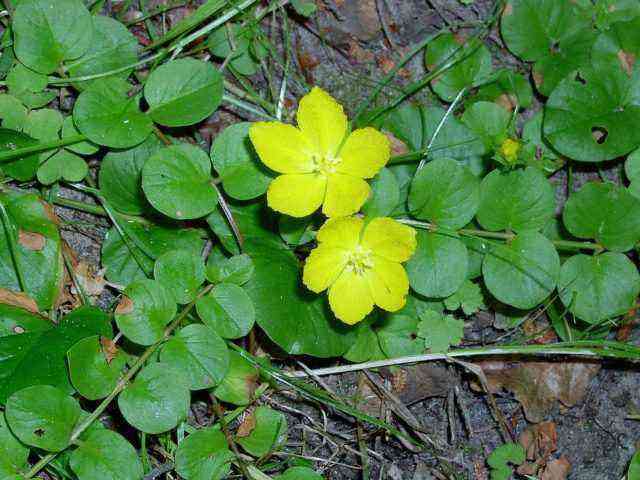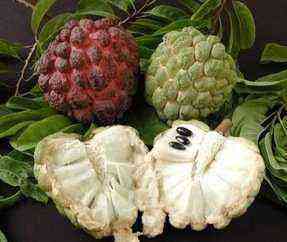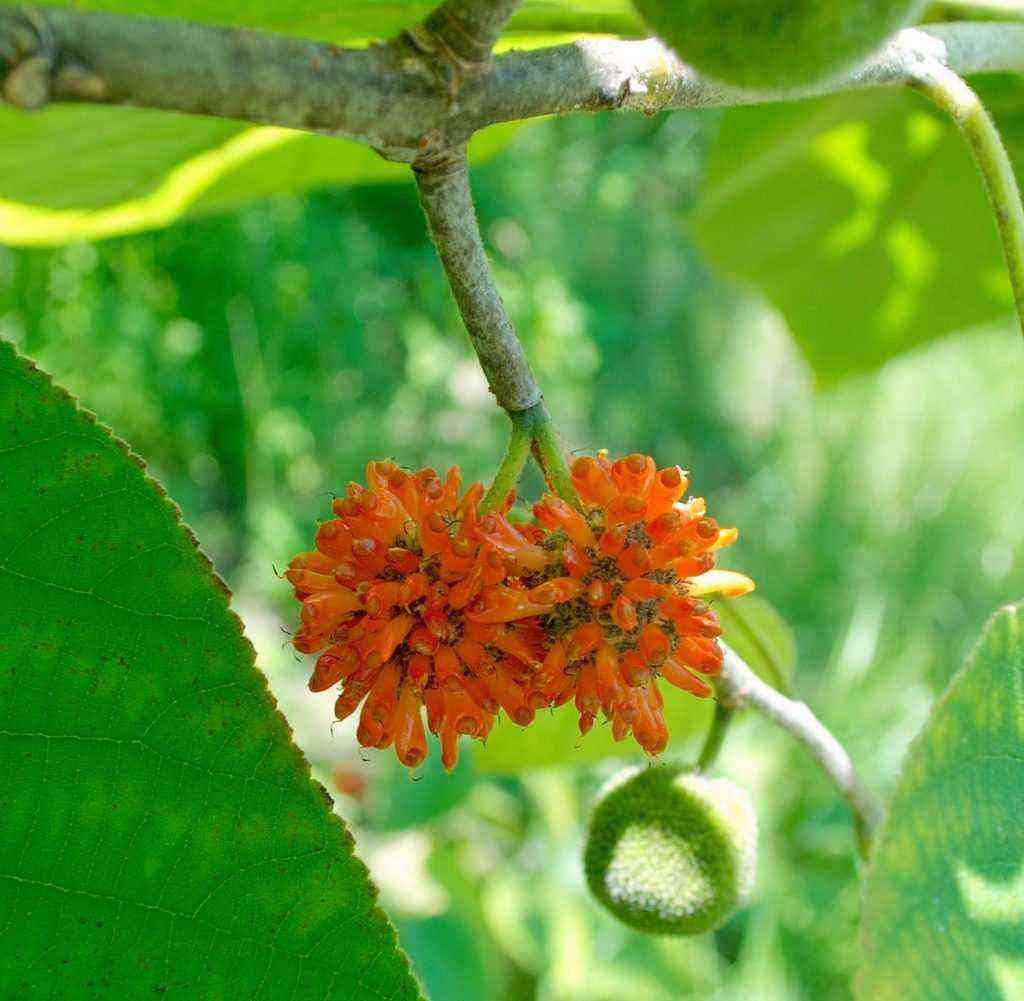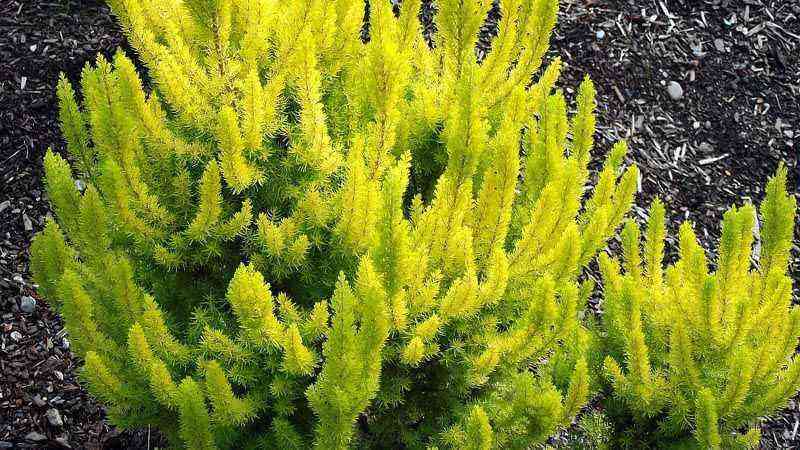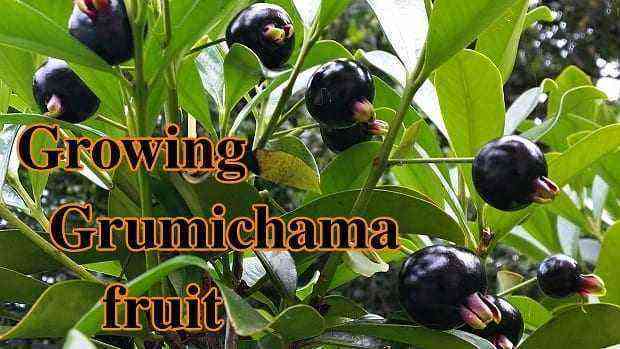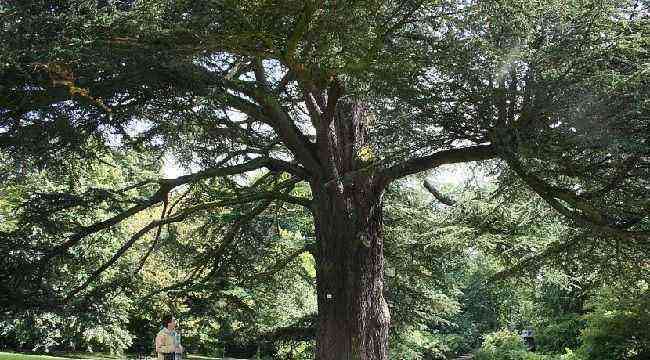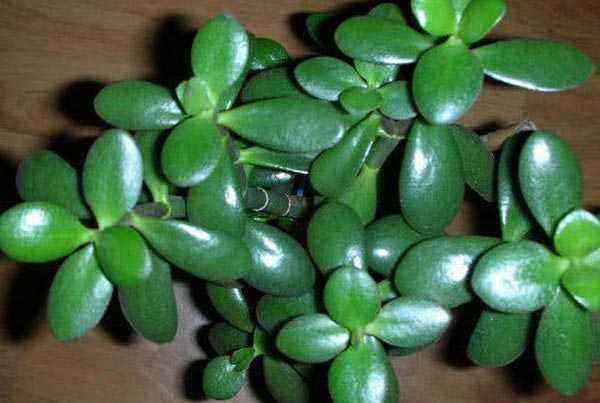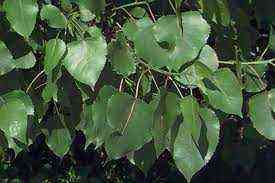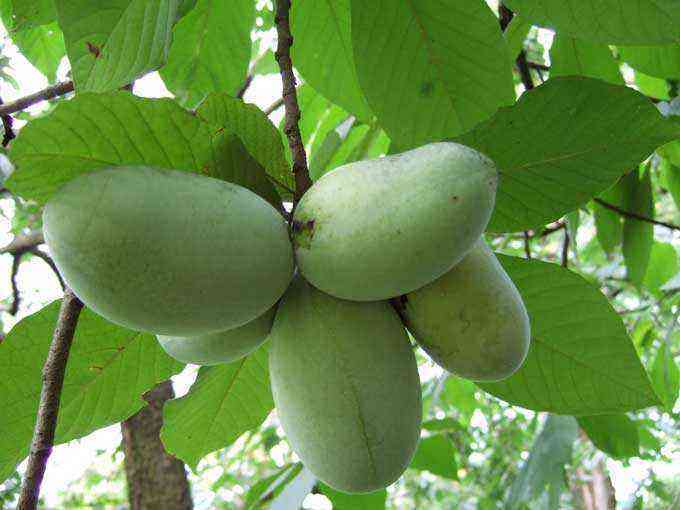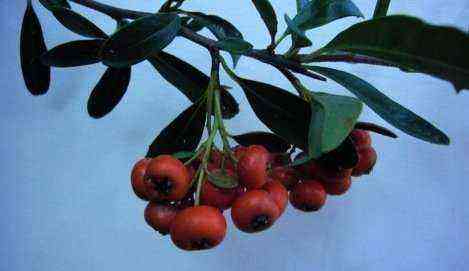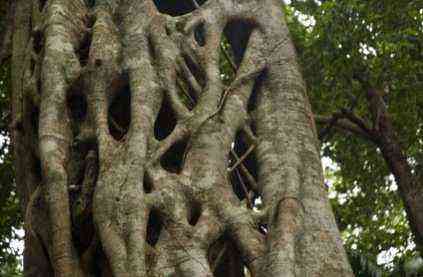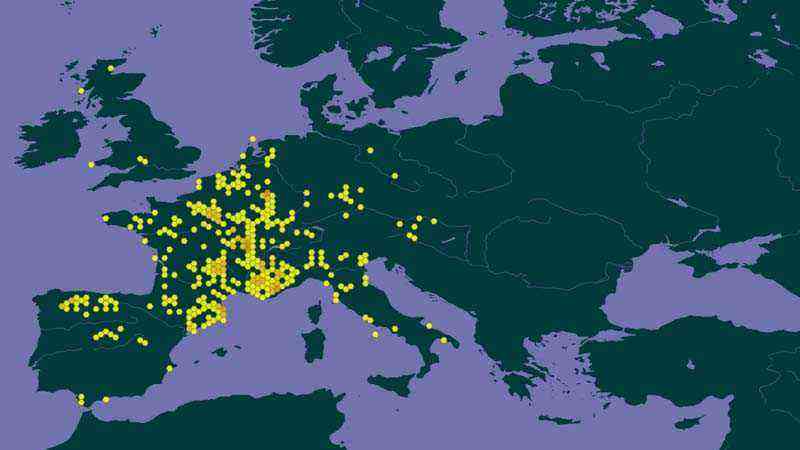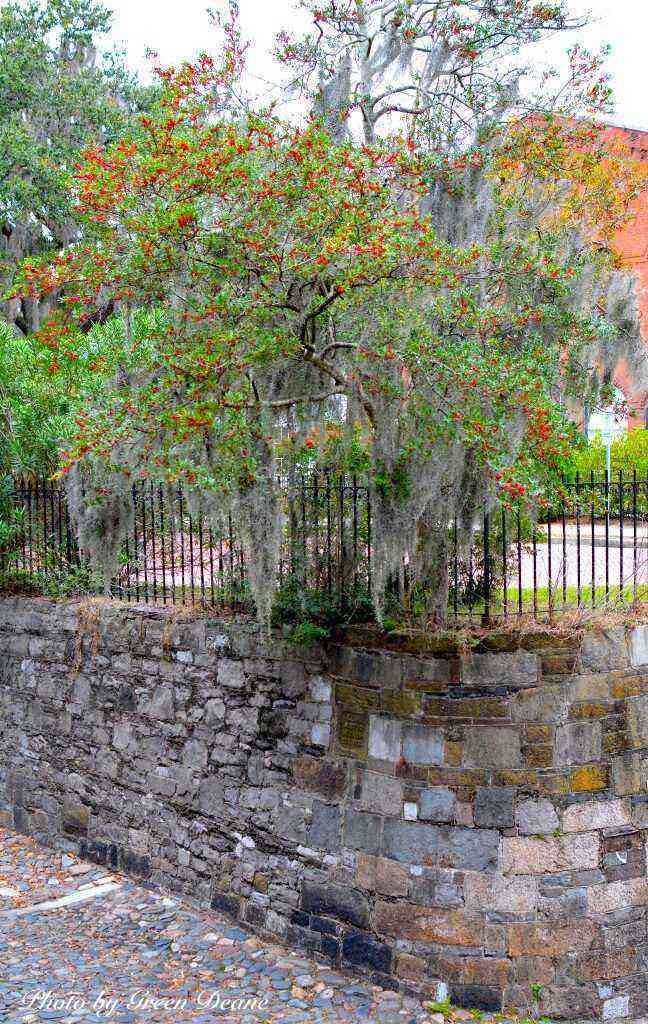Today in Agromática we have before us another famous cactus in the whole world. The San Pedro cactus. But this time it is not famous for its ornamental bearing, but also for the substance it produces and its effects on our brain. Do you want to know more about this cactus?
Origin and distribution
The origin of the San Pedro cactus ( Echinopsis pachanoi ) dates back to the Andes and was discovered by the first settlers of those lands between the current countries of Bolivia, Ecuador and Peru. Pre-Columbian civilizations knew about it and used it for various medicinal purposes, as we will see later.
The gender Echinopsis, comprises 131 species of cactus accepted today, all from South America.
Today it can be grown anywhere in the world under the proper conditions. In natural conditions it remains mainly in its place of origin. At more than 1000m of altitude in the Andean mountain range.
Characteristics of the San Pedro cactus
Do you remember that we recently talked about the Saguaro ? Well, the San Pedro cactus has the same columnar structure but does not reach as high as the Saguaro. This reaches a height of about 6-7 meters high at most.
Flowering is pretty but brief. White flowers, opening at night (like the Saguaro), very fragrant and of very short duration. In 24-48 hours they fall to the ground withered. Seeing it bloom is quite an event because it can take years, it is said that an average of 7, until it blooms.
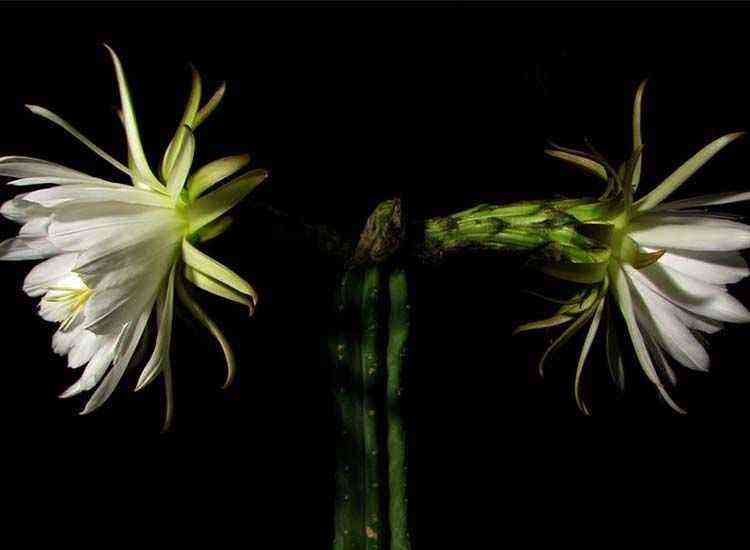
San Pedro cactus flowering. Photo by Michael Whitehead
It has a vertical bearing, with a ribbed structure but with larger and less numerous ribs than the Saguaro.
It is a thorny cactus of intense green with a very good appearance if you are fond of xerophytic gardens.
The chemistry of the San Pedro cactus
And here we come to the part of the shamans. Mescaline is the hallucinogenic substance that abounds in this cactus, in all its parts, its such, its flowers, its fruits, all of which have significant concentrations of mescaline. The fruits are in fact edible but with the hallucinogenic effect incorporated. We do not recommend it as a daily dessert after meals.
What are the effects of mescaline?
Like all hallucinogenic alkaloids it is dangerous but it is less strong than LSD for example. Mescaline is also found in peyote and mezcal, from which a very rich Mexican alcoholic drink is made (similar to tequila) but with a much more intense flavor, improved aroma and some other effects that do not come from alcohol.
Mescaline takes time to work . Once ingested, symptoms may occur between 30 minutes and 1.5 hours later. Then, the effect is very long-lasting in the body, being able to be present 8-12 hours and even in cases up to 24 .
The effects of this compound can come from vomiting, nausea as the most common to blurred vision, hallucinations, lack of coordination, dilation of the pupils, alterations in the perception of space. And then disproportionate emotional reactions can come and without anything that causes them such as anxiety, tachycardia, panic, or quite the opposite, an exaggerated euphoria, aggressive behaviors, psychotic attacks … All this is what is called a bad trip.
Apart from its hallucinogenic properties, the ornamental part has a lot to say because, in addition, in those places where it can be grown outdoors, it can be used to separate spaces, as if it were a hedge by planting several in a row. It is quite fast growing for a cactus. Approximately 50 cm each year.
In any case, it must be said that peyote is stronger than the San Pedro cactus.
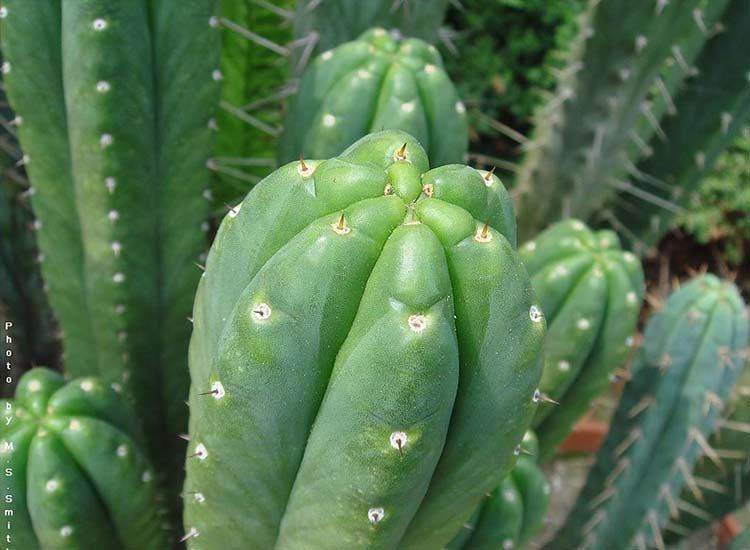
Apex detail. Photo by msscacti
And the name?
The idea of the name of the cactus comes from the guardian of the keys of heaven according to the Catholic religion since its properties open the doors of heaven for you. Although it was already known to the Andean civilizations, the influence of religion since the discovery has left its mark on the name.
San Pedro cactus growing needs
Climate and sun exposure
Being a cactus we could already imagine the conditions, right? Heat, sun … little watering … Be careful. Remember where it comes from. From the Andean mountain range. Above 1000 masl, with temperatures that can scare an Eskimo, and with “high” rainfall regimes for a cactus. Without a doubt this is a special cactus.
In fact, it can suffer burns in summer in climates like ours (southern Spain) so if you grow it in a pot you can move it to a semi-shady area in the hottest and most exposed summer period .
It can bear the cold in winter with temperatures of up to 3-5ºC.
Soil and irrigation
In the aspect of soil it does not differ from many other cacti. Good fertility and very draining soil. If you are preparing a potting soil for it, a good mix can be a mixture of normal soil with mulch or peat and put perlite to drain well, even a small fraction of river sand.
You don’t have to water too much. It is still a cactus but has a better tolerance to excess water. In winter we can interrupt the watering or at most water once a month. In summer we will increase the frequency of irrigation to once a week. For a cactus, it’s not bad at all.
Propagation of the San Pedro cactus
If we start from seed, its germination percentage is not very high so it is somewhat delicate to multiply. The best answer is the propagation of cuttings.
A substrate is prepared without organic matter, purely mineral (for example sand and perlite). Perlite is really important for subsequent drainage.
- For this, a piece of about 8-10cm can be cut from one of the arms and the substrate is prepared.
- We leave it in a cool and dry place so that the cuts heal properly. There should be no ambient humidity.
- We literally stick the piece of San Pedro cactus in the pot with the prepared substrate and we keep it indoors at a temperature above 22ºC. It is convenient to make the cuttings in the hot months when the temperatures of a house calmly touch 25-28ºC during the day.
- We do not water absolutely anything for 2 weeks. At that time we will be able to water the substrate very little.
- After a few more days, we can remove the cactus and it will surely have taken root.
- It is time to transplant it to the definitive substrate. This must be rich in organic material and draining (see the soil section). It is transplanted in the same way (inserting the piece in the substrate as when we did it in the mineral).
- If everything has gone well, and you have not become ill (due to contamination in the cut for example) in 10 days we should already have the first shoots.
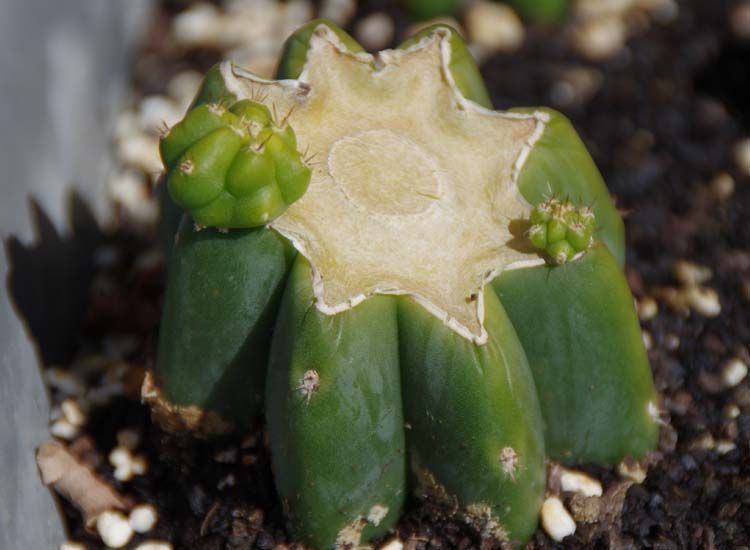
Sprouts will appear if it has been transplanted correctly
Pests and diseases of the San Pedro cactus
The cryptogamic (fungal) diseases are their main enemy, especially if they are watered too much.
As a plague, we must fear the cottony mealybug as it happens in the prickly pear.
